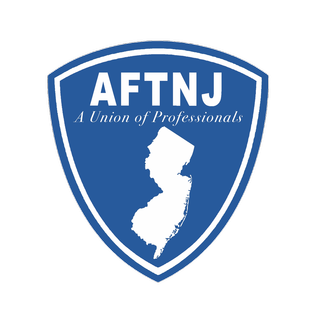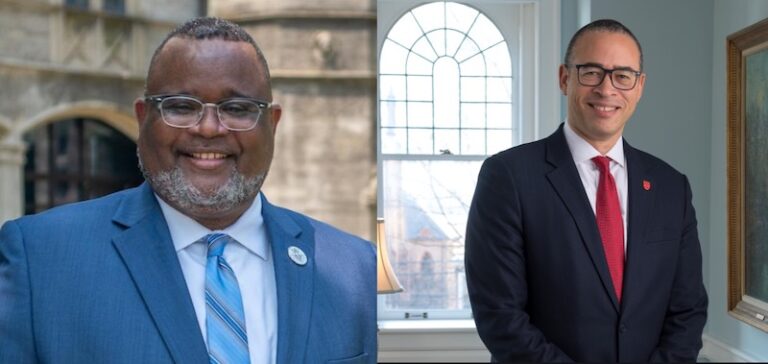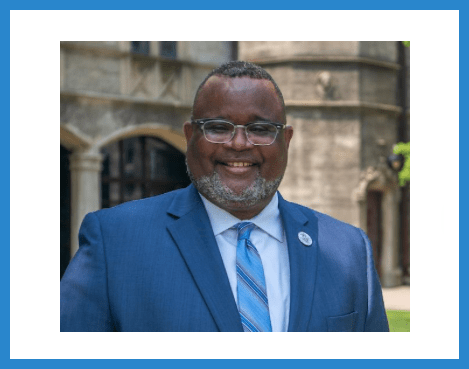By STEPHANIE SAUL
When the Georgia legislature passed a private school scholarship program in 2008, lawmakers promoted it as a way to give poor children the same education choices as the wealthy.
The program would be supported by donations to nonprofit scholarship groups, and Georgians who contributed would receive dollar-for-dollar tax credits, up to $2,500 a couple. The intent was that money otherwise due to the Georgia treasury — about $50 million a year — would be used instead to help needy students escape struggling public schools.
That was the idea, at least. But parents meeting at Gwinnett Christian Academy got a completely different story last year.
“A very small percentage of that money will be set aside for a needs-based scholarship fund,” Wyatt Bozeman, an administrator at the school near Atlanta, said during an informational session. “The rest of the money will be channeled to the family that raised it.”
A handout circulated at the meeting instructed families to donate, qualify for a tax credit and then apply for a scholarship for their own children, many of whom were already attending the school.
“If a student has friends, relatives or even corporations that pay Georgia income tax, all of those people can make a donation to that child’s school,” added an official with a scholarship group working with the school.
The exchange at Gwinnett Christian Academy, a recording of which was obtained by The New York Times, is just one example of how scholarship programs have been twisted to benefit private schools at the expense of the neediest children.
Spreading at a time of deep cutbacks in public schools, the programs are operating in eight states and represent one of the fastest-growing components of the school choice movement. This school year alone, the programs redirected nearly $350 million that would have gone into public budgets to pay for private school scholarships for 129,000 students, according to the Alliance for School Choice, an advocacy organization. Legislators in at least nine other states are considering the programs.
More>>


